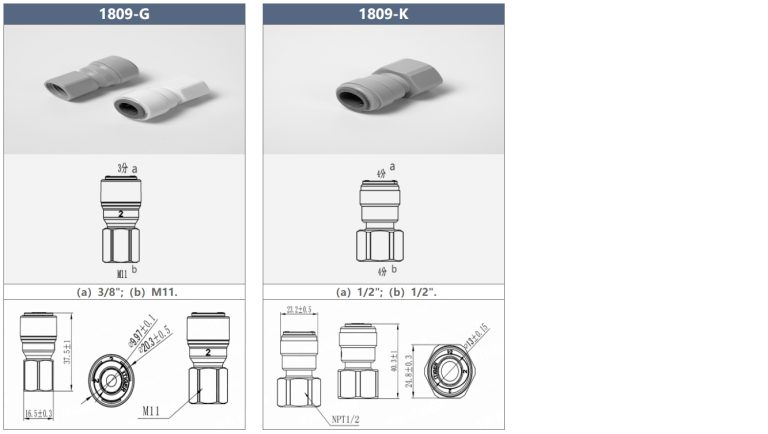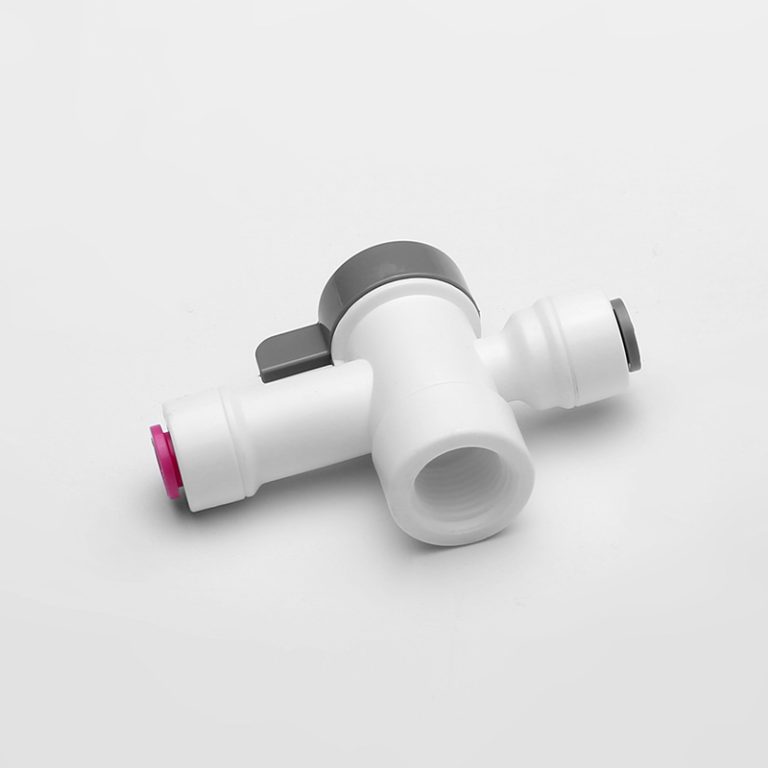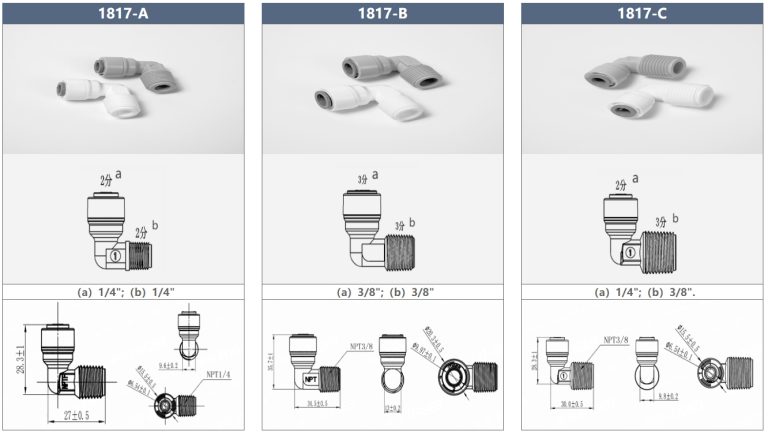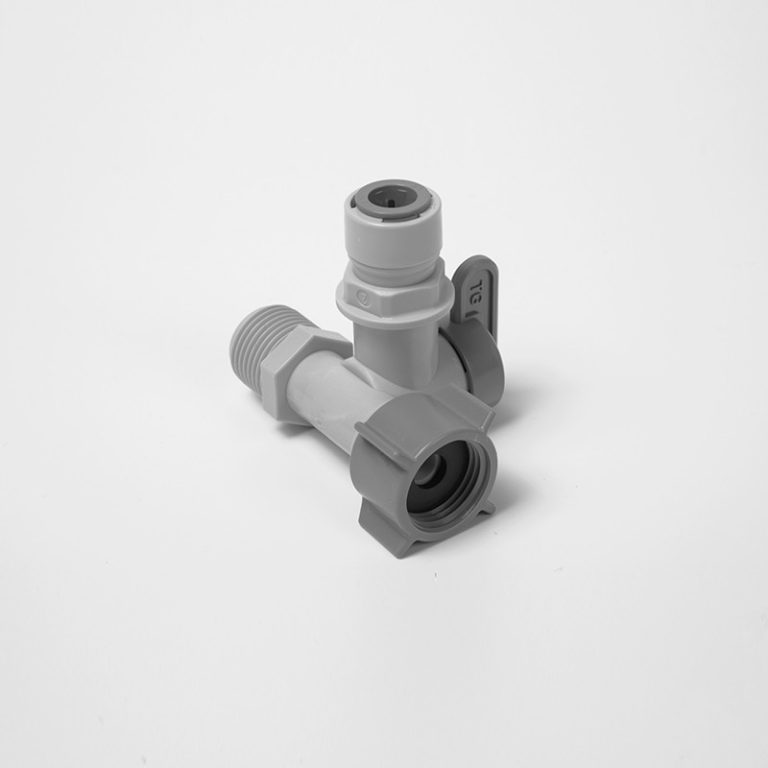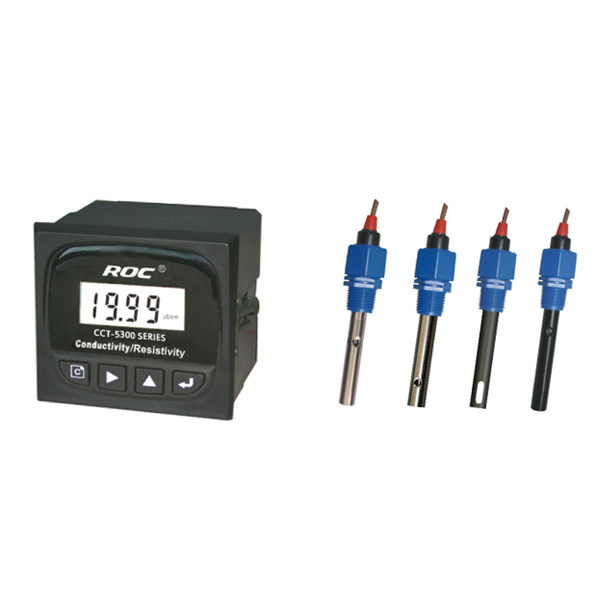Pros and Cons of Plastic Push-In Connectors
Plastic push-in connectors are a popular choice for many electrical and electronic applications due to their ease of use and cost-effectiveness. These connectors are designed to quickly and securely connect wires without the need for soldering or crimping, making them a convenient option for both professionals and DIY enthusiasts. However, like any product, plastic push-in connectors have their own set of pros and cons that should be considered before deciding whether they are the right choice for a particular project.
| Model | Tube(a) | Stem(b) |
|---|---|---|
| 1801-A | 1/4 | 1/4 |
| 1801-C | 1/4 | 3/36 |
One of the main advantages of plastic push-in connectors is their simplicity. These connectors are typically color-coded for easy identification, making it easy to match up wires and ensure a proper connection. Additionally, the push-in design allows for quick and easy installation, saving time and effort compared to traditional methods of wire connection. This can be especially beneficial for projects that require a large number of connections, as it can significantly reduce installation time.
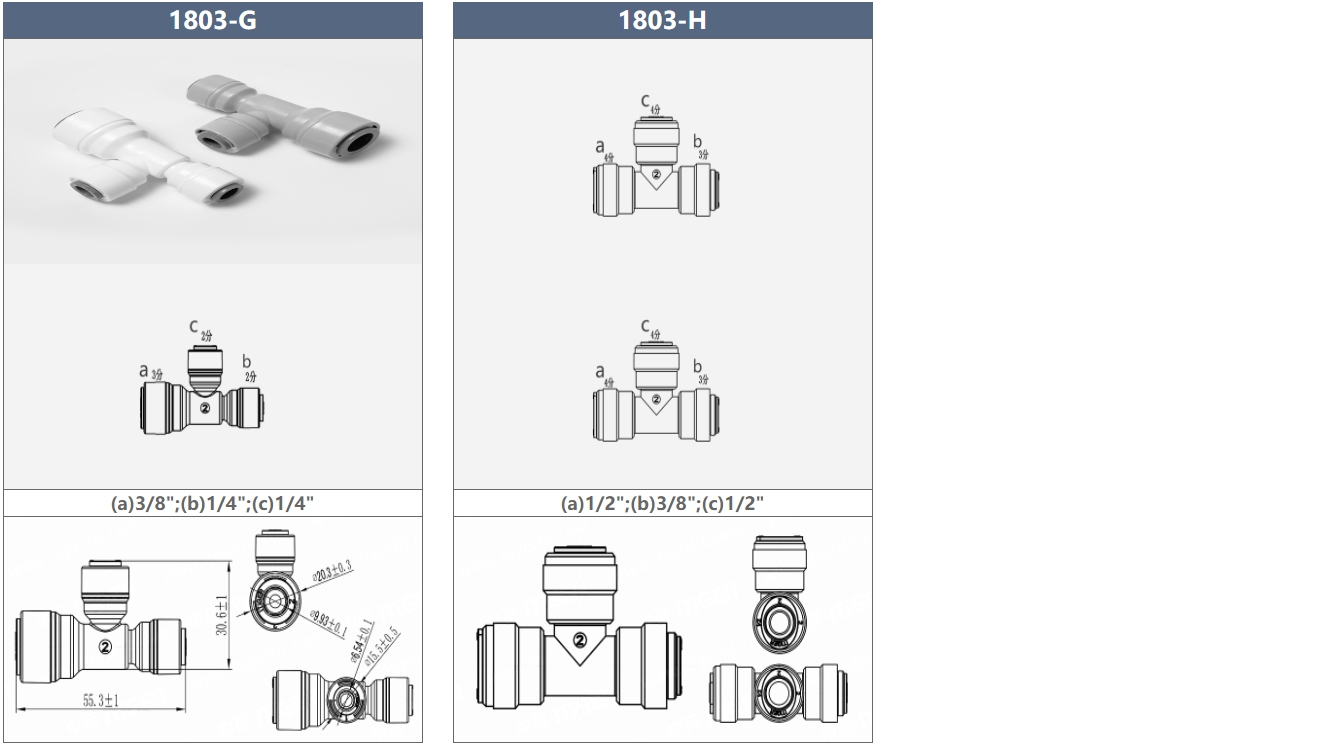
Another benefit of plastic push-in connectors is their versatility. These connectors are available in a wide range of sizes and configurations, making them suitable for a variety of applications. Whether you are working on a small electronics project or a larger electrical installation, there is likely a plastic push-in connector that will meet your needs. Additionally, many connectors are designed to be reusable, allowing for easy disconnection and reconnection if changes need to be made to the wiring.
In addition to their ease of use and versatility, plastic push-in connectors are also a cost-effective option. These connectors are typically less expensive than other types of connectors, making them a budget-friendly choice for many projects. This can be especially beneficial for DIY enthusiasts or small businesses looking to save money on materials without sacrificing quality.
| Model | Tube(a) | Stem(b) |
|---|---|---|
| 1801-A | 1/4 | 1/4 |
| 1801-C | 1/4 | 3/8 |
Despite their many advantages, plastic push-in connectors do have some drawbacks that should be taken into consideration. One of the main concerns with these connectors is their durability. While plastic push-in connectors are designed to provide a secure connection, they may not be as reliable as other types of connectors in certain situations. For example, in high-vibration environments or applications with extreme temperatures, plastic connectors may be more prone to failure.
Another potential downside of plastic push-in connectors is their limited current-carrying capacity. While these connectors are suitable for many low-voltage applications, they may not be able to handle the same level of current as other types of connectors. This can be a significant limitation for projects that require a higher current capacity, such as industrial or commercial installations.
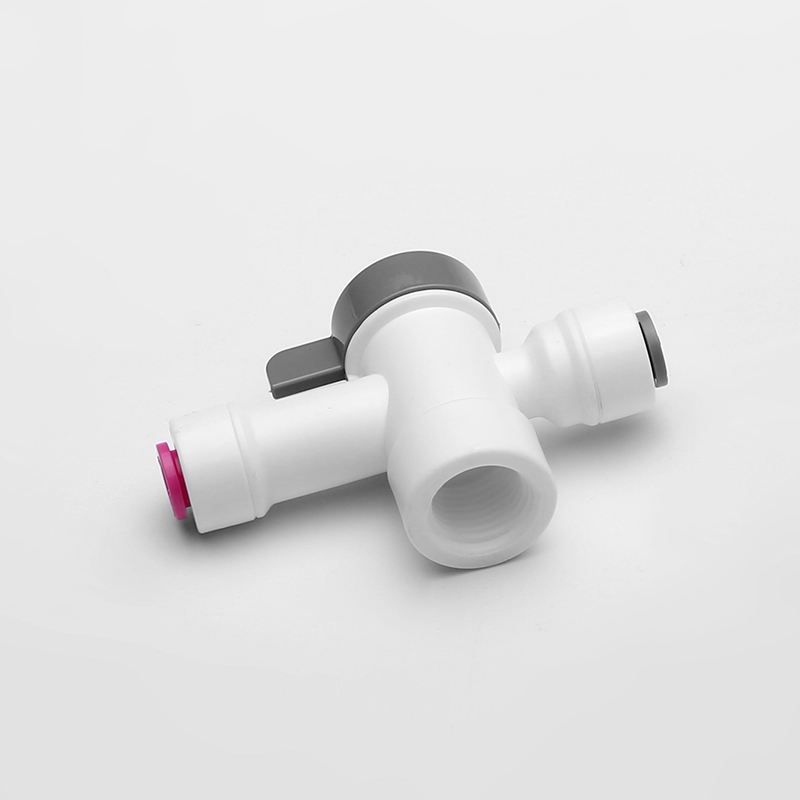
In conclusion, plastic push-in connectors offer a convenient and cost-effective solution for many electrical and electronic applications. Their ease of use, versatility, and affordability make them a popular choice for professionals and DIY enthusiasts alike. However, it is important to consider the potential drawbacks of these connectors, such as durability and current-carrying capacity, before deciding whether they are the right choice for a particular project. By weighing the pros and cons of plastic push-in connectors, you can make an informed decision about whether they are the best option for your needs.

